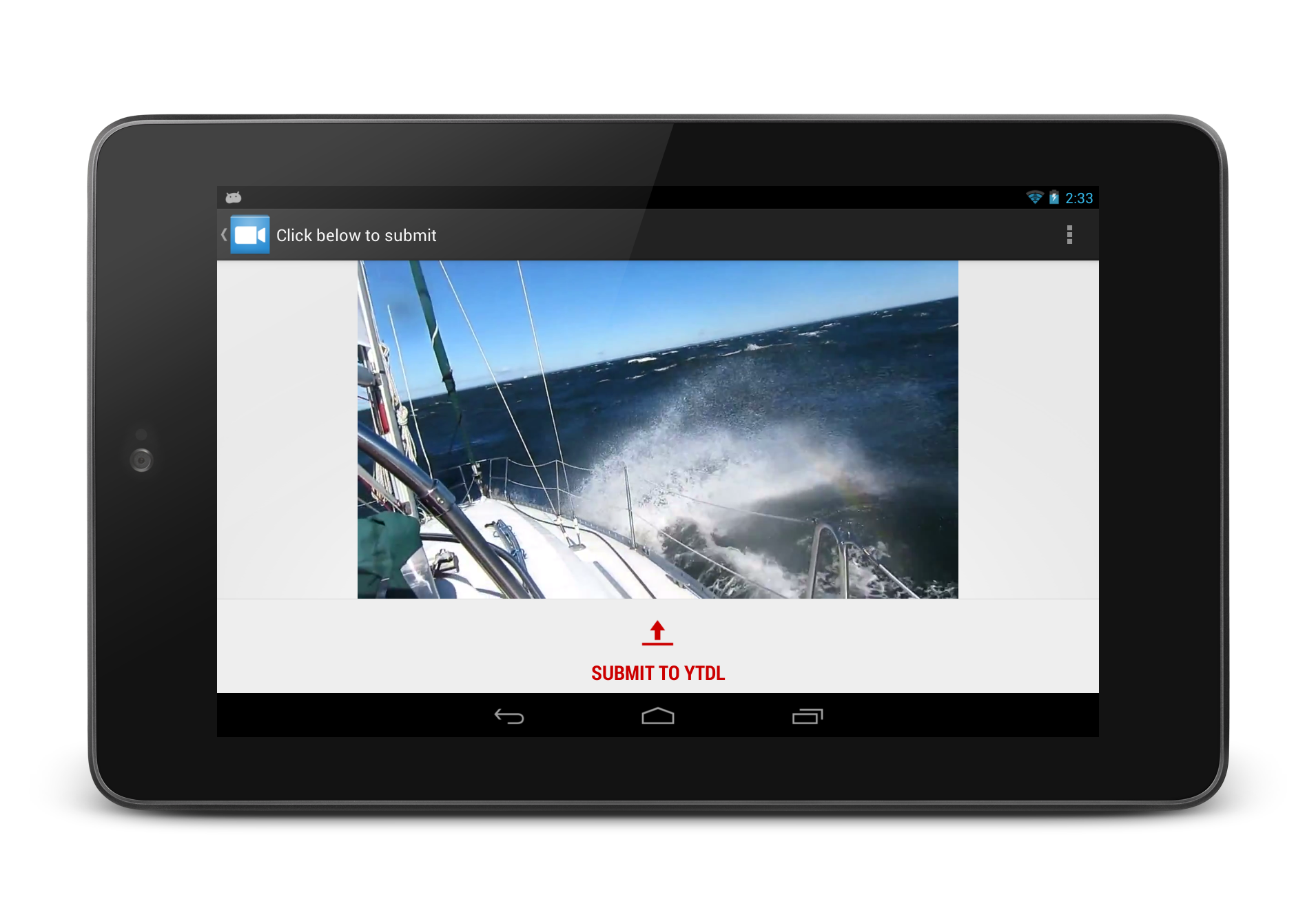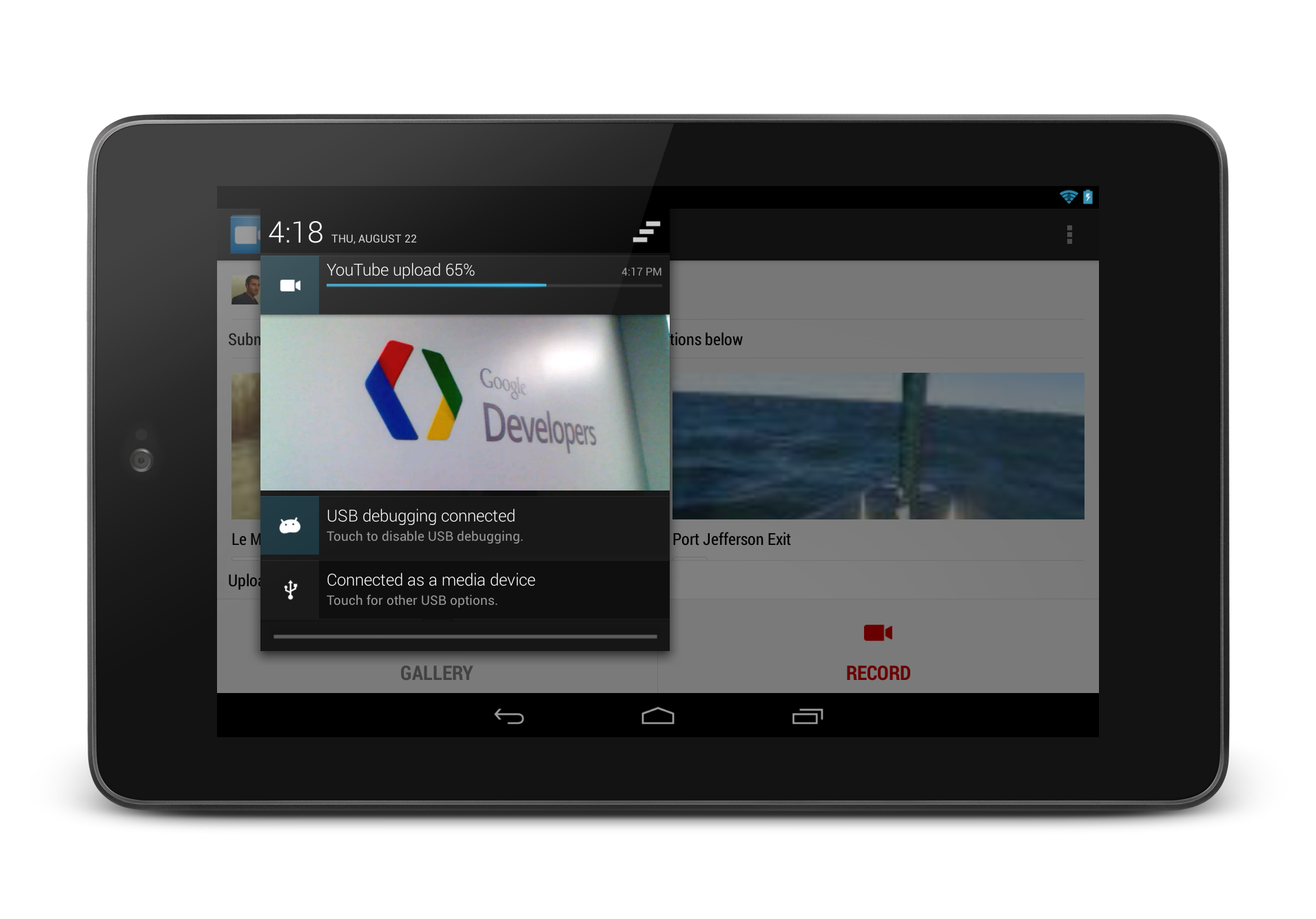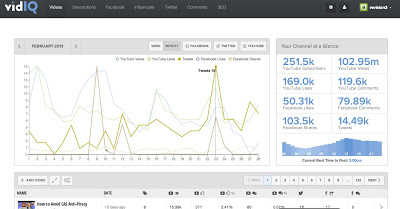Spice up your channel with the InVideo Programming API
If you’ve used InVideo Programming before, you know that it’s a powerful way to attract subscribers to your channel. By featuring a watermark or a hit video on all videos on your channel, you can showcase the best of what your channel has to offer. You can also add a link to your home on social networks with a custom message to drive two-way conversation with your viewers on multiple fronts.
“That’s awesome,” you might say. “I’m already using it via the YouTube.com website!” Well, great! But did you know these options are available via our v3 Data API? The API enables all kinds of interesting use cases. Some examples:
- Update the message to tease your latest tweet. When users click on your link, they are taken to your Twitter page
- Feature the most recent upload to any channel on YouTube
- Run a channel about television? You can write a script to rotate the featured video depending on whether it is the afternoon or the evening, a weekday or a weekend! Or, rotate the featured video daily to drive more views, reshares and discussion of quality content that might not be as fresh
- Build a widget on your website or mobile app that lets your subscribers vote for a video to be featured every week! The video doesn’t have to be a video from your channel - it can be any video on YouTube!
InVideo Programming options are set as part of the channels resource, passed as a parameter to youtube.channels.update() in the invideoPromotion field. For instance, to feature this recent “YouTube Developers Live” show featuring our team’s favorite moments, I would structure the invideoPromotion field in my API request’s payload body like this:
invideoPromotion": {
"items": [
{
"id": {
"type": "video",
"videoId": "lzaYch2mqlU"
},
"timing": {
"type": "offsetFromStart",
"offsetMs": "0",
"durationMs": "15000"
}
}
]
}
Other options for the type field in the id object include website and recentUpload, which correspond to InVideo Programming featuring a link, or automatically updating InVideo Programming featuring the latest video in a channel. For more information, see the documentation describing the invideoPromotion object in the channels resource.
A video featuring a watermark (top right) and InVideo Programming (bottom left)
Chances are good, though, that you’re using one of our API client libraries, which will help translate these API requests and responses into programmatic objects that you can manipulate and pass around in your code.
InVideo Programming functionality is relatively new, so if you are using an API client for a language like Java or .NET, you will need to make sure your client libraries are up-to-date before you can take advantage of these new features. Our samples are sorted by programming language on our Github page.
You can also set a channel’s watermark using the Data API’s watermarks.set() method. Watermarks are images that appear in the upper right hand corner of your videos that will link viewers to your channel on web and in the YouTube mobile apps for Android and iOS. This is usefu
InVideo Programming lets you reinforce your channel’s brand and drive viewers to other videos or social channels. The API makes it easy for your team to integrate InVideo Programming into your tools and workflow to make them more dynamic and interesting. Integrating the API into your tools and workflow only help to make your InVideo Programming more dynamic.
Happy coding!












